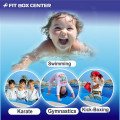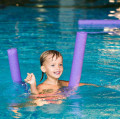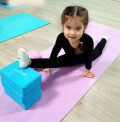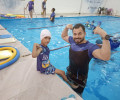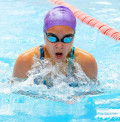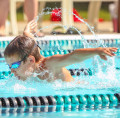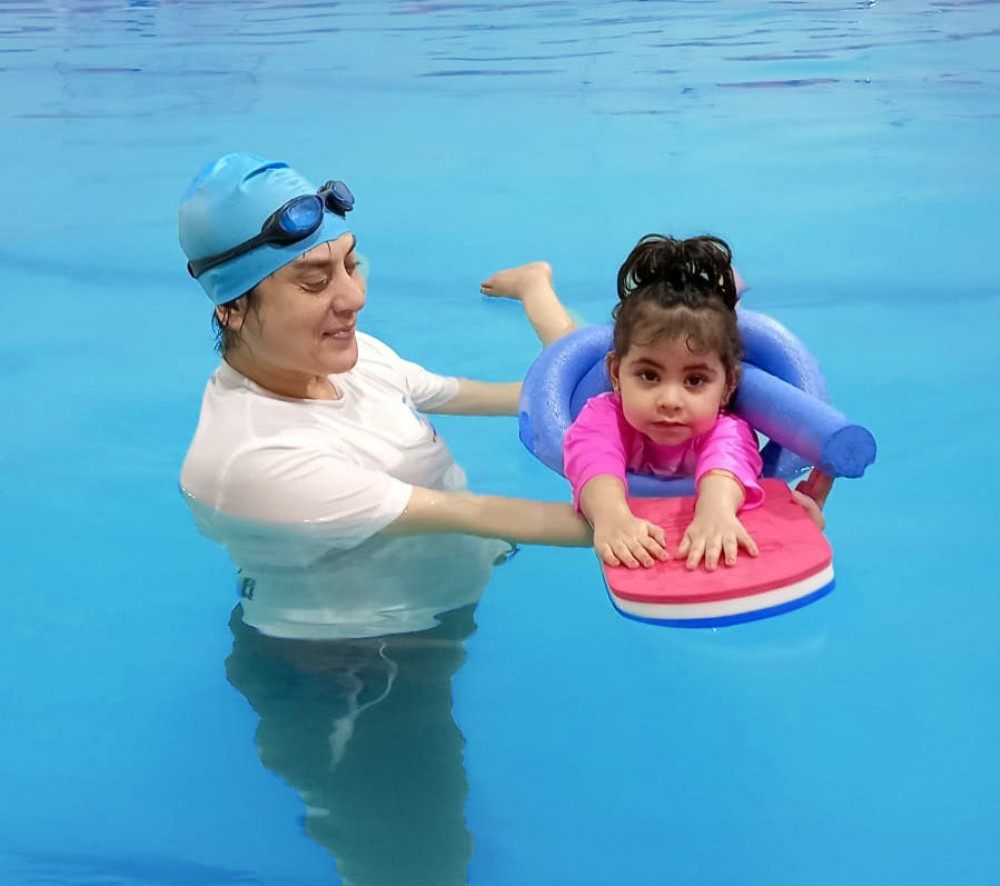
Very Safely Swimming Skills for Small Kids
2024-05-25 - swimmingIntroduction
Teaching your small kids to swim safely is one of the most
valuable gifts you can give them. Not only does it open the door to a world of
fun and exercise, but it also equips them with critical skills that can save
their lives. In this comprehensive guide, we'll explore the essential swimming
skills for small kids, the best ways to teach them, and how to ensure their
safety in the water.
Safety Benefits
Drowning is a leading cause of accidental death in children.
Teaching kids to swim reduces this risk significantly. They learn how to float,
tread water, and swim to safety if they accidentally fall into the water.
Social and Emotional Benefits
Swimming can boost a child's confidence and social skills.
Group lessons encourage interaction with peers, helping kids to develop
friendships and learn teamwork. The sense of achievement from mastering a new
skill also enhances their self-esteem.
Age Considerations
Many experts recommend starting swimming lessons for kids as
early as six months old. At this age, children are more likely to adapt to the
water and learn basic survival skills.
Signs of Readiness
Look for signs that your child is ready for swimming
lessons. These include showing interest in water, being comfortable in the
bath, and demonstrating basic motor skills like kicking and reaching.
Professional Recommendations
The American Academy of Pediatrics suggests starting formal
swimming lessons at age one, especially if your family spends a lot of time
around water.
Getting Comfortable in the Water
Before diving into swimming techniques, kids need to feel at
ease in the water. This involves splashing around, playing water games, and
getting their faces wet.
Floating on the Back
Floating is a fundamental skill that can help kids stay
safe. Teach them to relax and let the water support their bodies.
Kicking Techniques
Start with simple flutter kicks while holding onto the pool
edge or a kickboard. This helps build leg strength and propulsion.
Arm Movements
Basic arm movements like doggy paddling and reaching out can
help kids move through the water. Practice these in shallow water where they
feel secure.
Breathing Techniques
Teach kids to blow bubbles in the water to help them get
used to exhaling underwater. Gradually introduce rhythmic breathing to
coordinate with their strokes.
Choosing the Right Swimming Class
Factors to Consider
Look for classes with certified instructors, a good
instructor-to-student ratio, and a curriculum that matches your child's skill
level and age.
Types of Classes Available
Options range from parent-child classes for toddlers to
beginner classes for older kids. Private lessons can offer personalized
attention, while group lessons provide social benefits.
Benefits of Professional Instruction
Certified instructors have the expertise to teach swimming
skills effectively and safely. They can also identify and correct bad habits
early on.
Safety Tips for Swimming with Small Kids
Constant Supervision
Never leave small kids unattended near water, even for a
moment. Always stay within arm's reach when they are in or near the water.
Use of Flotation Devices
Flotation devices like life jackets can provide an extra
layer of safety. However, they should not replace supervision.
Safe Pool Environments
Ensure that pools have proper safety measures, such as
fences, alarms, and pool covers. Teach kids to respect pool rules and never run
near the water.


